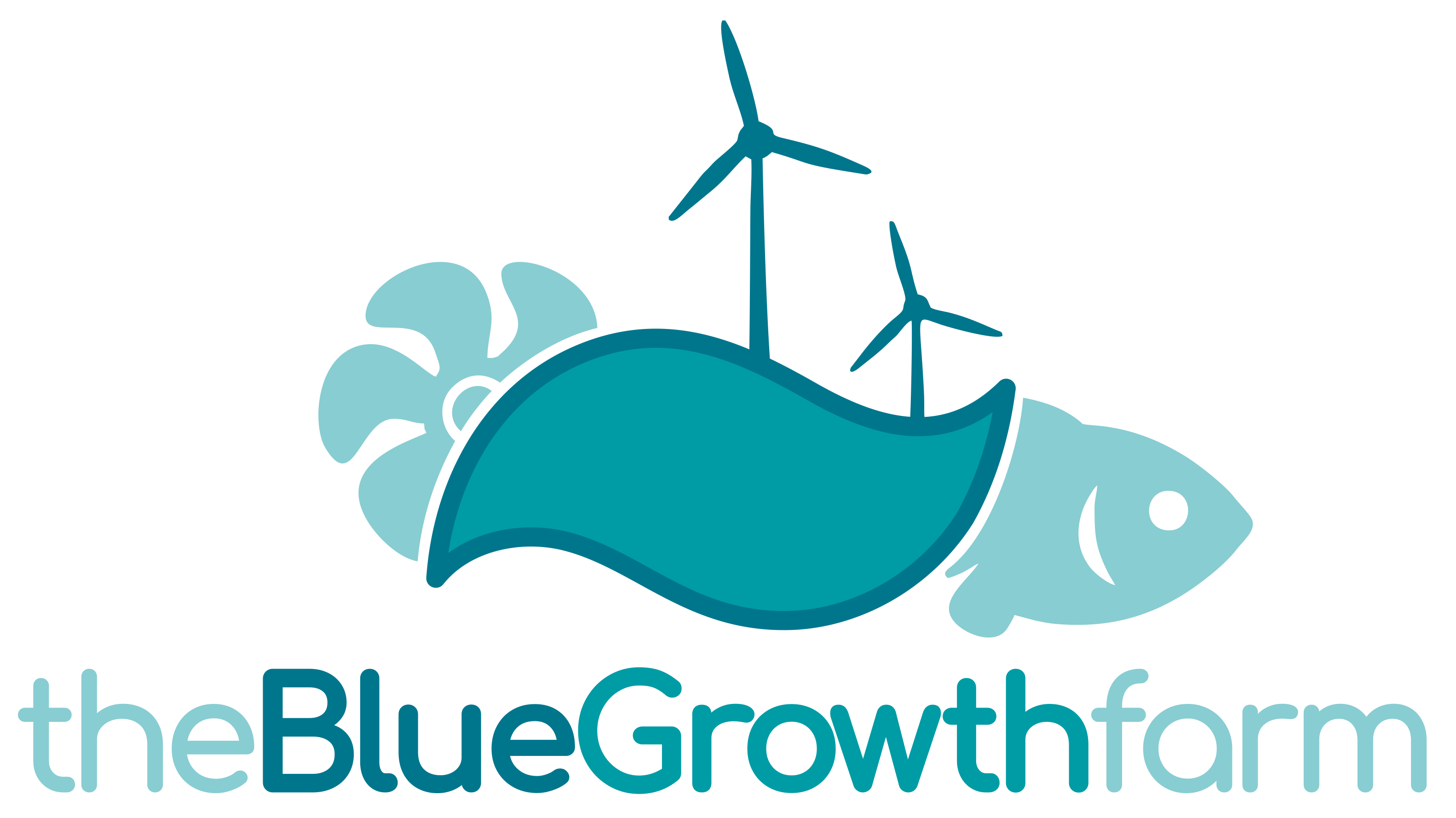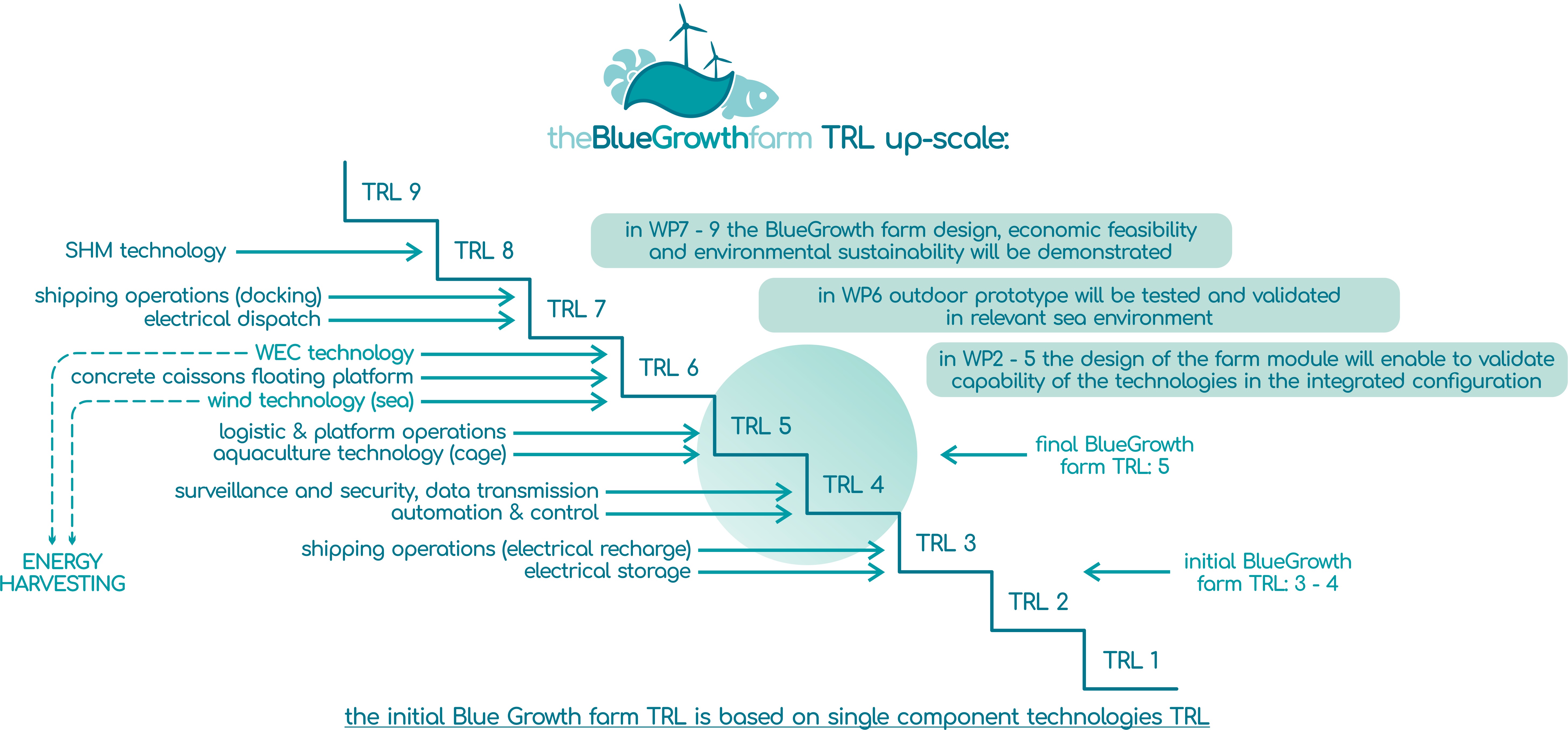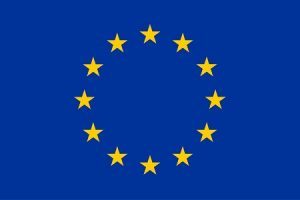WP1
The main goal of WP1 is to deploy an efficient governance structure guaranteeing the overall coordination of the project and coordination among WPs and tasks, thereby contributing to the achievement of objectives and to the delivery of high-quality results within the established timeframe and budget. This will be especially achieved through the following objectives:
- To ensure effective overall grant coordination and management, thereby assuring efficient project implementation as well as project performance, project quality, financial control, risk management, contingency planning, consortium representation, and administration of the EU funding in line with the Coordinator’s role and responsibilities towards the Commission as set out by the Model Grant Agreement.
- To ensure effective scientific, technical and strategic steering of the project, thereby assuring effective project planning and monitoring so as to address the project objectives within the proposed resources of effort and time.
- To ensure efficient financial, administrative and contractual management of the project.
- To take measures to assure a properly organized flow of communication between partners.
WP2
The main goal of WP2 is to configure the development of the Blue Growth Farm design, integrating all the technologies in its full scale size and in the defined scaled size 1/40 indoor and 1/15 outdoor prototype. The purpose is to carry out, in a twofold interacting process, the design evolution of the fully integrated multipurpose platform concept, which further on, will enjoy the return of experience achieved on the scaled size prototypes, fitted with the envisaged technologies.
The following objectives are then expected to be achieved:
- complete set of technical requirements to establish the basis early engineering necessary to scale up the offshore multipurpose platform;
- characterization of potential representative sites for the platform installation;
- preliminary design assessment of the full scale concept, on the basis of the technical requirement early established;
- preliminary design of integrated aquaculture automation & security and renewable energy production systems;
- preliminary design of C²C modular caisson’s connections to provide basis for WP5;
- preliminary design of the outdoor prototype, as well as relevant design of technologies (scaled WT, WEC, SHM) to provide basis for WP5.
WP3
The WP3 focus is to develop design support tools capable to capture the cross-disciplinary interactions either among subsystems (wave energy device, wind turbine, aquaculture system, etc.), and between these and the aquaculture productivity, for the subsequent in-depth analyses to characterise the interaction between aquaculture and renewable energy devices.
The WP3 objectives are then to:
- ensure to develop a competent and multi-disciplinary model of dynamics design tool for the chosen multi-purpose system, able to capture and represent the aerodynamics, hydrodynamics, structural dynamics, and control dynamics aspects;
- make sure that the abovementioned design tool is experimentally validated;
- investigate and model the novel challenges arising from the co-location of the aquaculture activities with the other systems, focusing on the impact on aquaculture productivity.
WP4
The main goal of WP4 is to carry out an Environmental Impact Assessment (EIA) on the full-scale design and on the prototype, taking in account construction, operational life and decommissioning. Final design has to be in agreement with National law or International Agreement at open sea, depending on selected locations. Assessment results will subsequently be used to support the design adjustment to allow for the environmental law compliance and to avoid or mitigate negative effects on ecosystems and humans.
Achievements of the present WP are developed through the following objectives:
- assessment of relevant national/international law and agreements of concern for the specified applications, according to their location within or outside national waters, and considering the likelihood of trans-national effects;
- setting up of the environmental baseline, in the form of a scoping study, of the selected sites;
- proper assessment of the platform activities, through its entire life, as requested by the Dir. 52/2014
- Informing further design process to contain the overall environmental cost.
WP5
The main goal of WP5 is to produce final design of the outdoor platform prototype, composed of steel caissons platform and envisaged technologies, as all being part of the outdoor prototype experimental validation and demonstration.
This will be especially achieved through the following objectives:
- assessment and specification of load cases and coupled dynamics characterization for outdoor prototype final design;
- detailed design of the outdoor prototype and associated technologies;
- outdoor prototype components manufacturing and installation.
WP6
The main goal of WP6 is to carry out the experimental test campaign on the outdoor platform prototype and related technologies at NOEL facility, with the aim to furnish adequate validation and feedback to full scale design about the relevant R&D challenges.
This will be especially achieved through the following objectives:
- suitable preparation of the installation site to accommodate the outdoor prototype in safe and controlled conditions;
- prototype transport from manufacturing site (Ancona Port) to the deployment site, at NOEL;
- carrying out of the experimental campaign and exploitation of technical results;
- decommissioning of the outdoor prototype and of installed technologies and site restoration.
WP7
The main goal of WP7 is to produce design of the Blue Growth Farm multi-purpose platform. Taking advantage of return of experience from the experimental campaign carried out on the outdoor prototype, a full exploitation of the envisaged capabilities and platform performance will be characterized. Technical input and indications coming from the environmental assessment as well as suggestions and recommendation resulted from workshops with marine users and interested stakeholders, will be usefully transformed into design changes and solutions. Achievements of the present WP is articled through the following objectives:
- design of platform and subsea systems;
- design of aquaculture automation & security systems and relative integration with renewable energy production systems;
- design for system integration of all farm technologies and services;
- assessment of the Health and Safety procedures for safe use of the Blue Growth Farm and related production systems;
- definition of the operation and maintenance tasks associated with the use and production of the Blue Growth Farm;
- identification of training needs for end users’ operators to set the basis for future new skills and specialisations.
WP8
The main goal of WP8 is to set the basis for the social acceptance of the proposed offshore multipurpose platform, by mapping of marine stakeholders, developing methodology for a tailor-made participatory process and identifying solutions to involve the marine stakeholders in a more scientific engagement in the project. This will be especially achieved through the following objectives:
- assess governance (especially in application of Marine Strategy Framework Directive (MSFD) and the Maritime Spatial Planning Framework Directive (MSPFD)) of multifunctional offshore installations (MOI) on the EU scale and at the NOEL site;
- identify institutional and community stakeholders at the NOEL site and for MOI in general;
- design and implement procedures to facilitate dialog amongst local and general stakeholders, and between them and project team, evaluate perceptions of risks and benefits of MOI, and as far as possible co-produce knowledge about social and environmental aspects of MOI;
- report findings in relation to the SLO theory and make recommendations for MOI operating practice and governance policy aimed at (i) securing acceptance of MOI by local communities and society-at-large, and (ii) optimising MOI benefits to society, ensuring compatibility with offshore licensing (and regulation under MSFD) and reducing economic sectoral clashes through marine spatial planning.
WP9
The main goal of WP9 is to assess the business model for the Blue Growth Farm and then develop business planning by clarifying, for the full scale configuration, infrastructures costs, revenues, key uncertainties and risks, market perception and potential evolutions coming out from discussion with stakeholders. The business model validation has to be pursued against potential socio-technical barriers to efficient aquaculture & renewable energy production multipurpose platforms. Main achievements of the WP are represented by:
- development of economic models for the Blue Growth Farm multipurpose platform and preparation of the associated business planning to reliably sustain investment;
- identification of commercial opportunities and establishment of strategic development for future customised demonstrations.
WP10
The objective of WP10 is to increase the economic impact of the project innovation actions by facilitating spread of developed technologies & services, through market & non-market-channels, towards new customers, regions, sectors, markets, by:
- monitoring the development of technologies as they pass through the different technology readiness levels of the innovation value chain;
- setting plans for the dissemination and exploitation activities that will create awareness about the project’s results and encourage involvement to stakeholders and support the securing of the quality of the results, as well as prepare the market up-take of the developed technology using business-oriented commercialisation plans;
- disseminating the results of the research and development to a wide audience, and to fully exploit the results of the project.
This will include participation in events that will reach the scientific community, especially the final conference and the production of high-quality documentation and dissemination material, project website, newsletters, leaflets and posters.



